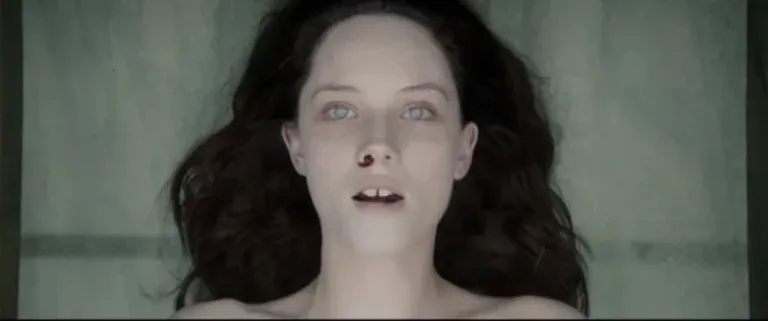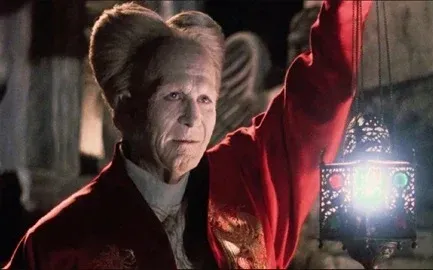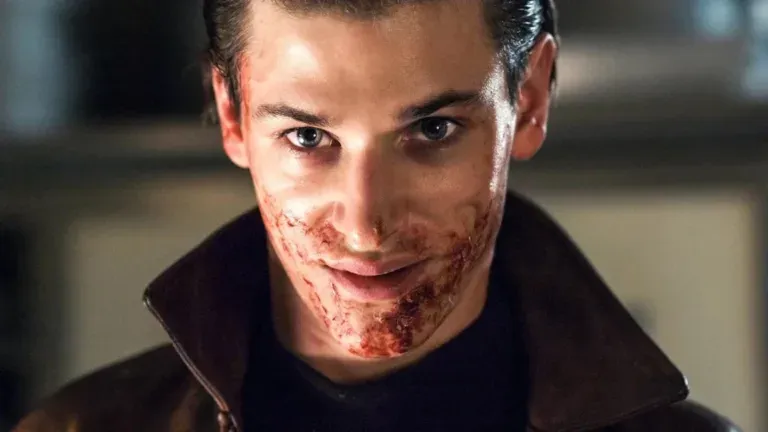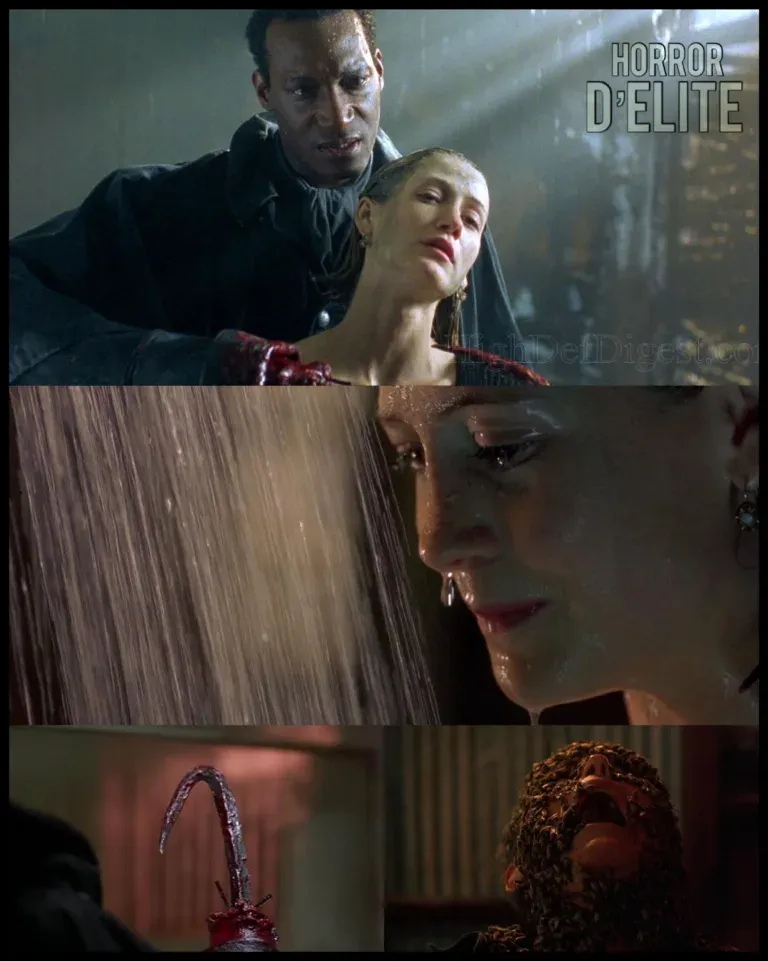Let the Right One In
 Let the Right One In
Let the Right One In
by Tomas Alfredson (2008)
A twelve-year-old boy falls in love with a vampire girl in the suburbs of Stockholm, amid violence and murder.
Quote.
“Are you very old? How old are you?”
“I’m twelve, but I’ve been twelve for a long time.”
(Oskar & Eli)
 The Rubik’s Cube.
The Rubik’s Cube.
Oskar’s life is a mess. No glimpse of happiness on the horizon. Just a sad routine of enduring the bullying from his schoolmates who torment him for his shy nature and frail physique. Even his family seems to ignore him. Everything seems compromised and wrong, like snow stained with blood. But then Eli arrives, a new neighbor. A girl with a strange smell who only comes out at night. Pale, serious, silent in her movements, mysterious and captivating. Eli gives him the right advice and a glimmer of hope for the future. Eli is also able to solve the Rubik’s Cube.
 Considerations.
Considerations.
Based on the novel by John Ajvide Lindqvist, the director creates a film that uses the vampire figure metaphorically. The protagonist Eli enters Oskar’s life during adolescence, a notoriously problematic time. Both are fragile, marginalized figures seeking a place in the world, though for completely different reasons. Eli due to her supernatural nature, while Oskar is forced into it by the cruelty and bullying of his peers. However, the two find strength in their union and a touch of tenderness, despite living in a very cold environment, not just climatically. Themes like revenge and violence run through the film, marking Oskar’s painful but necessary transition to adulthood. While Eli is trapped and condemned to remain a child forever in appearance, living her illness and constant need for blood as a shame, something to hide from everyone. Something that forces her into a painful choice: to leave and live or stay and die.
 Conclusions.
Conclusions.
Let the Right One In is a film that impresses with its use of colors, cold and opaque, which blend well with the landscape. This choice makes the red, which appears as splashes of blood, more vivid and real. Another noteworthy aspect is the complete absence of the usual vampire clichés found in similar films. There are no coffins, capes, or crosses used as protective shields. The vampire here is portrayed as having very human-like characteristics, almost entirely human.  In terms of staging, there is at least one sequence that is remarkable and worth remembering: the fantastic finale shot in the pool. A scene shot masterfully, where the unprecedented violence is only partially suggested and experienced by the audience from Oskar’s perspective. Let the Right One In was received very positively by critics for its originality and emotional depth. It also led to an American remake in 2010, titled “Let Me In,” directed by Matt Reeves. The novel also inspired a stage adaptation and a series of comics, further expanding its cultural influence.
In terms of staging, there is at least one sequence that is remarkable and worth remembering: the fantastic finale shot in the pool. A scene shot masterfully, where the unprecedented violence is only partially suggested and experienced by the audience from Oskar’s perspective. Let the Right One In was received very positively by critics for its originality and emotional depth. It also led to an American remake in 2010, titled “Let Me In,” directed by Matt Reeves. The novel also inspired a stage adaptation and a series of comics, further expanding its cultural influence.

Subscribe to our YouTube channel
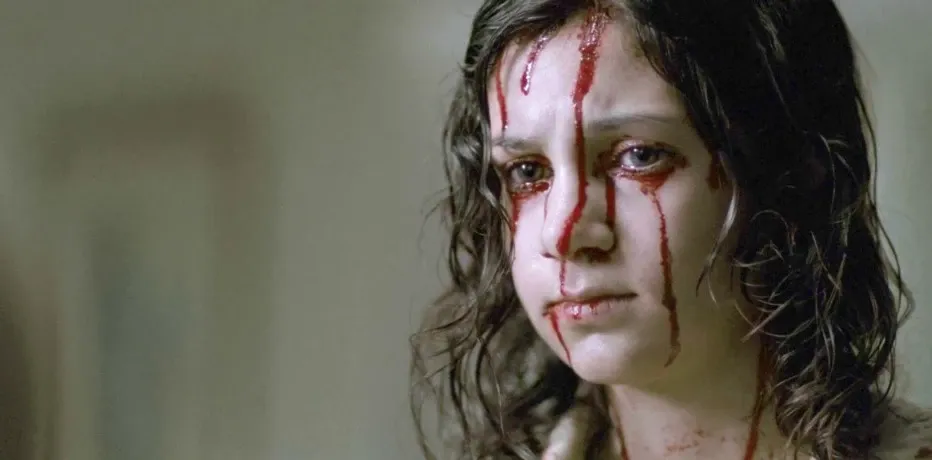
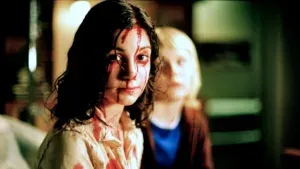 The Rubik’s Cube.
The Rubik’s Cube. Considerations.
Considerations.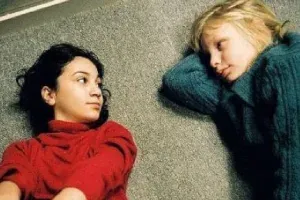 Conclusions.
Conclusions.